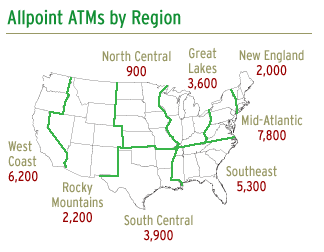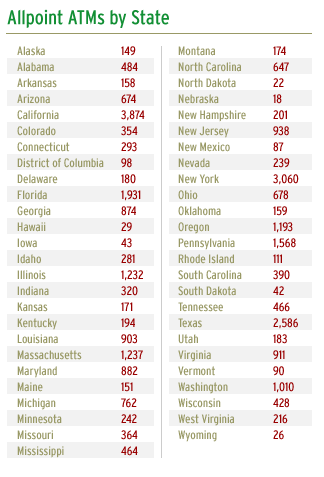Is online banking safe? In today’s environment of hackers, identity theft, and corporations “losing” confidential data, this is a relevant question to ask. Let’s face it – anytime you use the internet, you are exposing your computer to dangers such as viruses, spyware, trojans and other malware. This article will help you be safe when using online banking and protect your investments.
Minimize your exposure to online banking fraud
Follow these tips and your online banking experience will be safer and more enjoyable:
Keep software and operating systems up to date. Online thieves use automated bots to scan the internet for old software programs and operating systems with known security flaws. Staying up to date keeps your computer from raising red flags in their searches.
Install current anti-spyware and anti-virus software. Anti-virus and anti-spyware programs will save you a lot of trouble and keep your computer and personal information safe from identity thieves.
Use a safe browser. Not only does Internet Explorer suck from a user’s perspective, but it is full of exploits. Switch to FireFox, a free browser, which is safer, faster, and offers more functionality.
Don’t access online banking sites from a public computer. Enough said.
Use secure passwords. Make sure your passwords contain both upper and lowercase letters, numbers, and symbols (if allowed). Also vary your password and user account names.
Be careful with wireless connections. If you know how to secure your wireless connection so it doesn’t broadcast your signal, you can encrypt your transmissions, and otherwise keep prying eyes away from your private information, then go for it. Otherwise, don’t bother.
Beware of phishing e-mails. Phishing e-mails are cleverly disguised e-mails purportedly from your bank. These spoofs try to trick people into going to a false website disguised as the original and inputting their account number and password. To avoid these make sure you only bank on a website that uses secure socket layer technology – the url should look like this:
“https://” plus your bank’s name.
The “s” in the web address means it is secure.
The other thing to look for is the actual location of the web address. Hover your mouse over the link and look at the bottom of your browser – it should show the location the link is pointing to. For example, hover your link over this: High Yield Savings Accounts. You should see “https://highyieldsavingsaccounts.net/” in the bottom of your browser. If a link in your e-mail is trying to send you to a location you don’t trust, don’t click it! It may send you to a site that will attempt to install a virus or trojan on your computer.
Use an online bank with security features. Many online accounts add an additional layer of protection when accessing their site. A common security feature is using a custom picture and PIN – ING Direct, Vanguard, and more recently, WTDirect use this security feature. You can read more about WTDirect adding this feature here: WTDirect adds security features to account login.
Another security feature is using a keyboard PIN pad like TradeKing or the Thrift Savings plan use. Some banks taker their security a step further and provide customers with a SecurID fob, similar to what many corporations use to prevent unauthorized account access.
Protect yourself and your assets
Thieves are lurking around trying to get your money – don’t give them easy access. Protect yourself and your assets, and enjoy the wonders of compound growth with the best high yield savings account rates.

